About 50 diverse species that grow in the Northern Hemisphere in the temperate zone belong to the genus Fir. If you do not look closely, then most people associate such a tree with a pine. The difference is that there are slender and symmetrical crowns.
Smooth, thin and shiny bark contains tannins. Therefore, it is often used for dressing leather. If the type of fir has a thin bark, then under it you can find a large accumulation of nodules. They are thickenings that contain a clear, thick and tarry liquid.
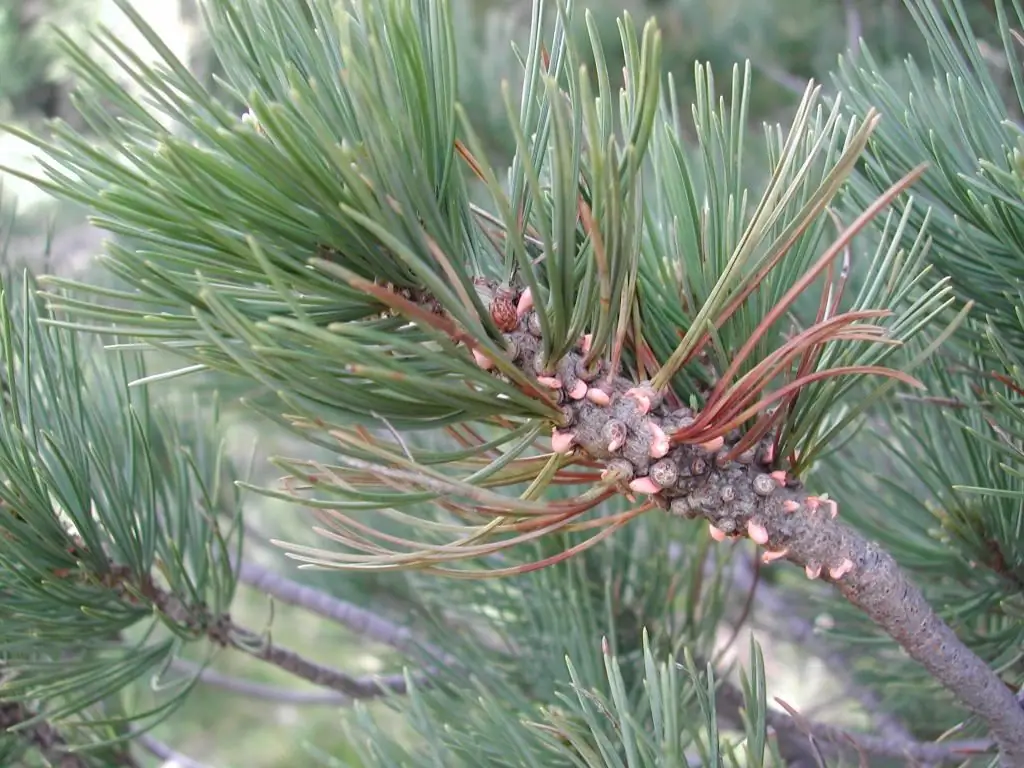
The thick-barked species actually does without them. Balsam and Siberian fir are leaders in the number of nodules. They are used in production in the medical field. For example, the liquid from the nodules serves as the basis for special adhesives, and if you mix castor oil and fir, you get a good antifungal mass.
Sap
For production, resin is mined with special pointed vessels, which are used to puncture the nodule. Then the liquid flows into the container. If you make a blank for your personal use, then you need a cut innodule, from which you want to squeeze a small amount into a container. If everything is done correctly, the tree will remain intact, and the cut will quickly recover.
At one time, you can collect about 30-50 g of fir balsam. To avoid damage to the tree, the next assembly of resin is desirable in 2-3 years.
Features
It is worth referring fir to dark coniferous species. It is shade-tolerant, so you can freely plant trees in places with low light. But if you choose a site with good lighting, then the tree will not grow worse from this.
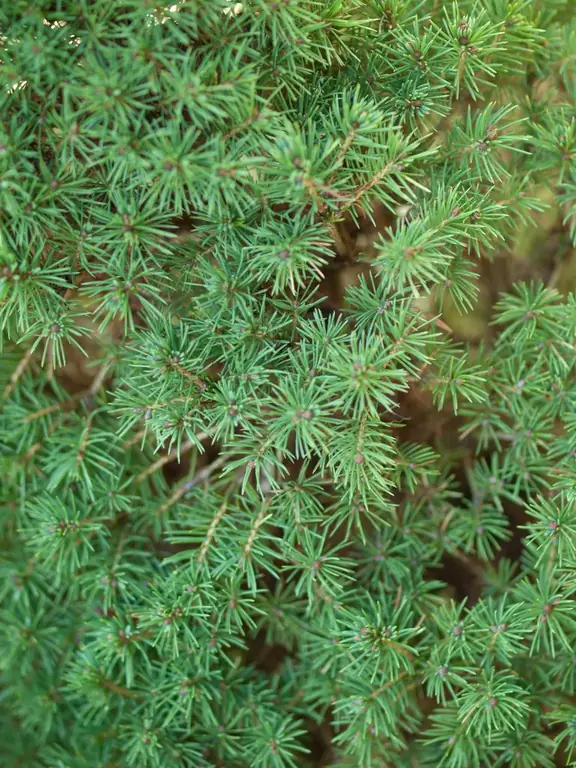
For fir, the wind is not terrible, because it is resistant to its effects. But the plant is not suitable for landscaping the city, because the tree will not survive in a gassed environment. Garden plots, cottages, country houses will serve as an ideal place for planting.
With the help of firs, garden plots are decoratively decorated, which are emphasized in the form of plants. There are many variations: the creation of a living and high hedge, the arrangement of paths that will eventually turn into shady alleys. The crown of the tree, which is lowered almost to the very ground, is dark green in color, creating a wonderful visual effect. Branches near the base may produce adnexal processes, the so-called roots.
No special skills are required to care for fir, cutting or cutting branches is completely painless. By the way, small trees are very popular in Europe, they are used as a Christmas tree and dressed up for the holidays.
Bredfir with the help of cuttings, layering or grafted to another coniferous tree. In the wild, reproduction occurs by seeds. The percentage of germination is low, no more than 40-50%. If you sow the seeds collected in a year, then the indicator will be 20-30%, and after two they will not sprout at all.
Recommendations
To achieve maximum growth, it is advised to plant seeds immediately after harvest. For rodents, they are uninteresting, because they do not eat them. Only the hermes pest damages the tree, and if we take diseases into account, then stem rot is considered the main problem.
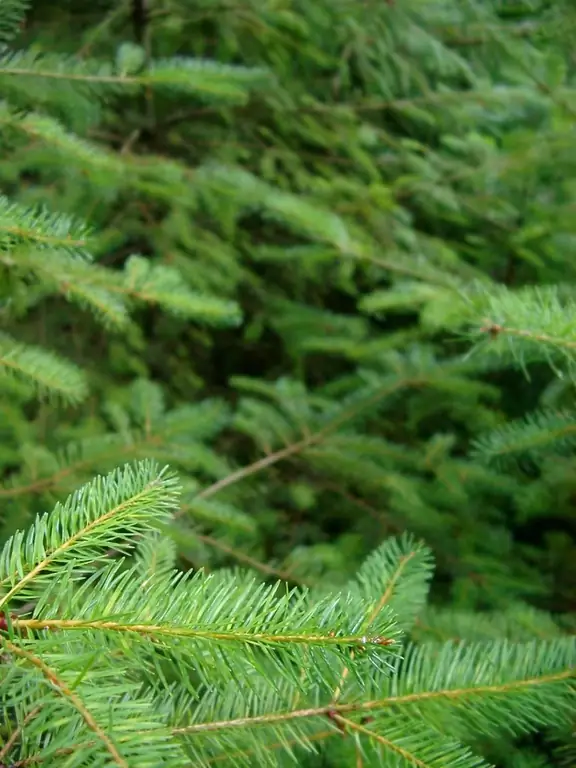
A large number of species of fir are frost-resistant, but there are those that do not have such properties. Therefore, you should not forget about this when buying seedlings. Varieties such as Normana (a variety of fir bred in the Caucasus), European or Comb (white) and others should be considered weak in relation to frost, so it is recommended to take into account the landing site.
Description
Black, or whole-leaved fir, according to the description grows up to 50-60 meters high. The tree in girth reaches about 2 m. The color of the wood is white, uniform, it is resistant to pests.

In young trees, the shade of the bark is gray-brown, with a flaky surface. Fir trees that are already old have a thicker, darker bark, in a color palette from brown to black, with cracks. One-year-old trees are yellow-gray in color, with branches that grow perpendicular to the trunk.
The crown of a whole-leaved fir has a conical shape, thick and wide. Thosetrees that grow in open areas are so massive that the lower branches touch the ground. The needles are sharp, unforked, hard. Fir blossoms in the first half of June from 8 to 11 days.
The whole-leaved fir (pictured in the article) has cones of a cylindrical shape, with a blunt end, about 14 cm long. As it grows, the color changes from green to brown.
The type of cone is scaly, jagged edges are characteristic. The fruits open on the trees from September to November, which complicates the collection of whole-leaved fir seeds. The latter weigh a little, the main thing is not to let it get stale, otherwise you can not wait for seedlings.
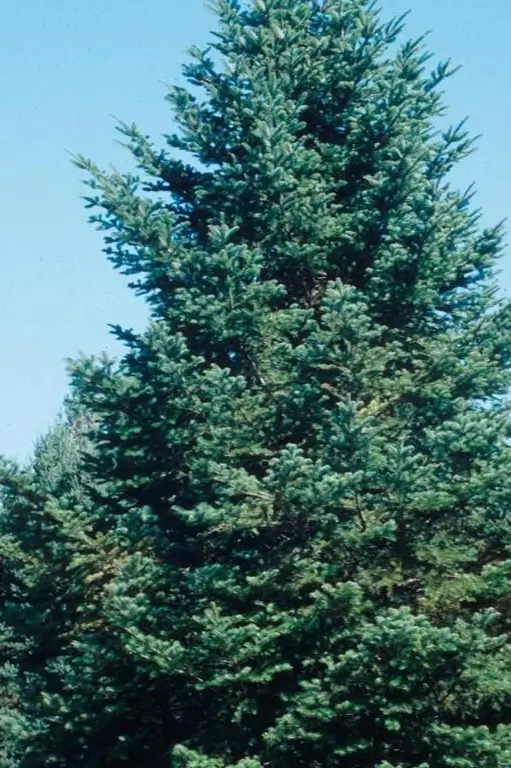
Characterized by a powerful root system, it is highly branched, penetrates deep. Whole-leaved fir at a young age is thermophilic and very sensitive to early frosts. But mature trees become frost-resistant and less prone to natural disasters.
Recommendations
When planting young seedlings and the onset of the winter period, it is necessary to cover them, and in drought, water and sprinkle the crown of the tree with water in the evening.
Trees are very dependent on moisture, do not tolerate waterlogged soil. Loose, fertile soil with good drainage is considered ideal for fir. The loam is ideal. In general, there are no difficulties with planting, the main thing is to prevent drying.
Growth area
Whole-leaved fir grows in mountainous areas, at an altitude of no more than 500 meters above sea level. Oftenpresent in the group of first forest plantations. In the wild, it mainly grows in mixed forests or conifers.
Primorsky Territory, some parts of the Korean Peninsula - places where whole-leaved fir grows in its natural environment. In addition to wildlife, this species is preserved in various nurseries, nature reserves or special reserves:
- Ussuri nature reserve.
- Suputinsky Nature Reserve.
- Borisov plateau.
- Vladivostok Botanical Garden.
Using wood
Manchurian black fir has a uniform color and high strength, very similar to spruce wood. It is not used by builders because the volume of planting trees is small, in addition, there is a rarity of wild plantations.
The main problem of this species is that poachers destroy wild firs. By the New Year holidays, trees are cut for sale due to the fact that they are very similar to spruce.
Spruce branches and bark contain a specific essential oil, which is used in cosmetology (used in the production of skin and hair care products), the medical field and folk recipes.
Given the uniqueness of the crown, young shoots of the tree are used in the construction of parks, for landscaping plots, and in the design of various landscapes.
Conclusion
Propagation of fir is carried out with the help of seedlings, seeds, or is performed by grafting a wild-growing shoot. For landing, you should choose a gentle slope with a choice of direction to the northwest.
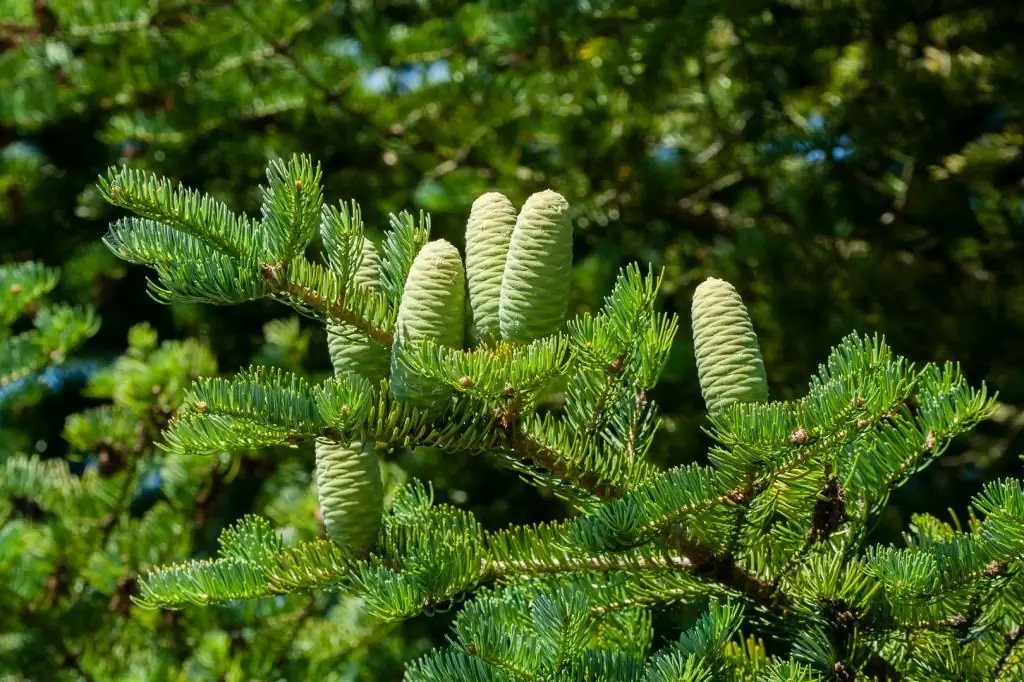
Plants at a young age are very demanding on the soil and are weak to all negative natural factors. The grown trees are unpretentious and with proper care, the quality and decorativeness of the crown will please the whole year.
It can be said that it is worth taking care of a seedling a little at the beginning of its planting, and in the future it will delight with its coolness and unpretentiousness. Therefore, whole-leaved fir in decorative forms is considered one of the most convenient trees for ennobling various territories.






